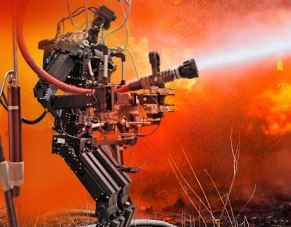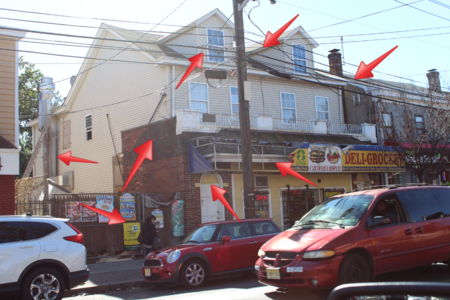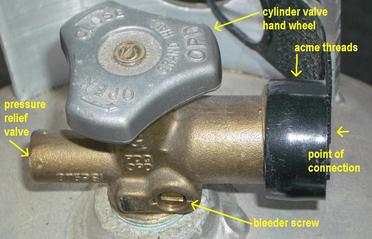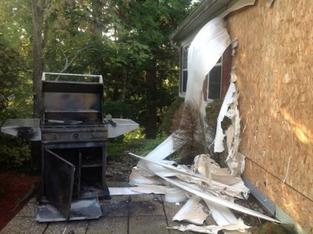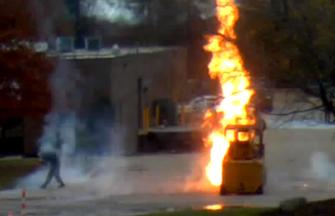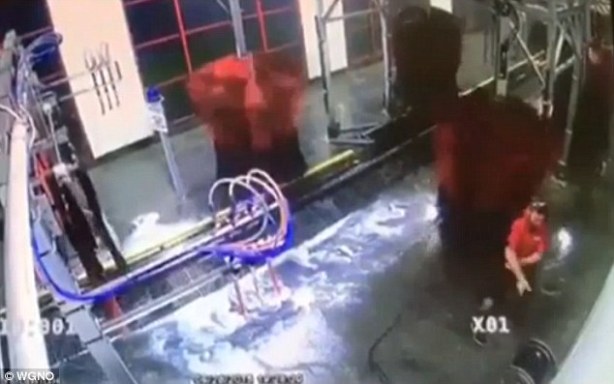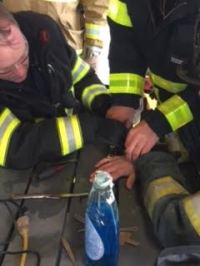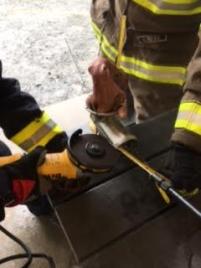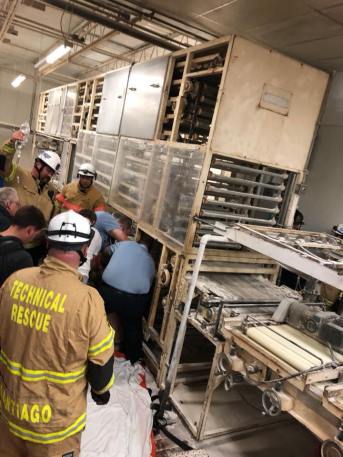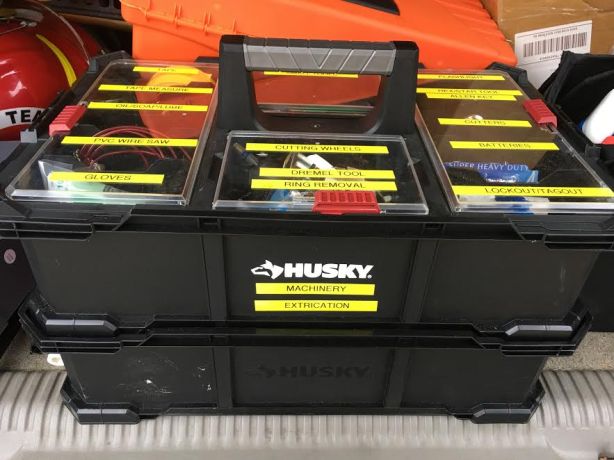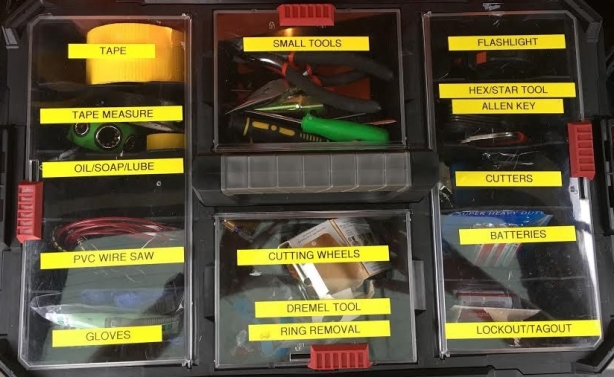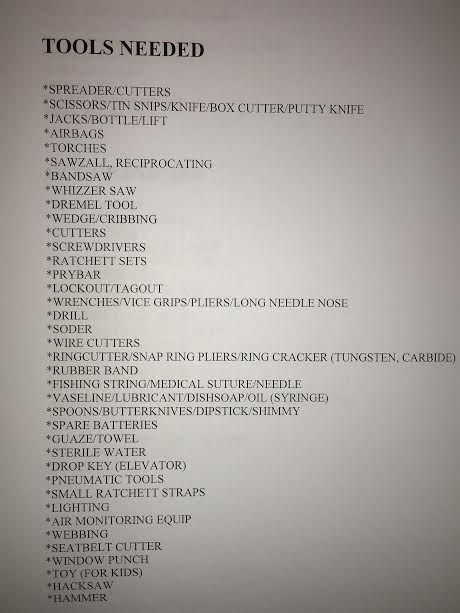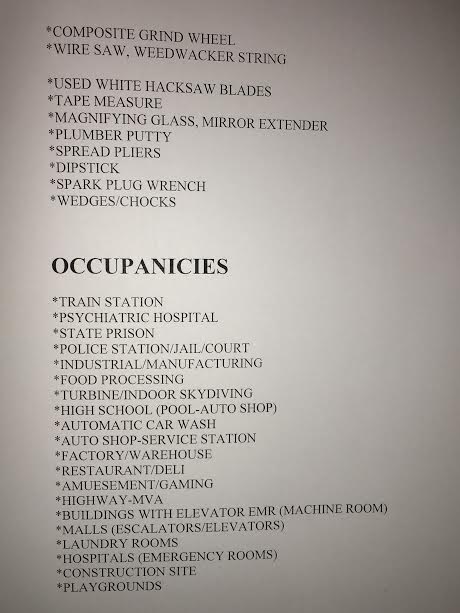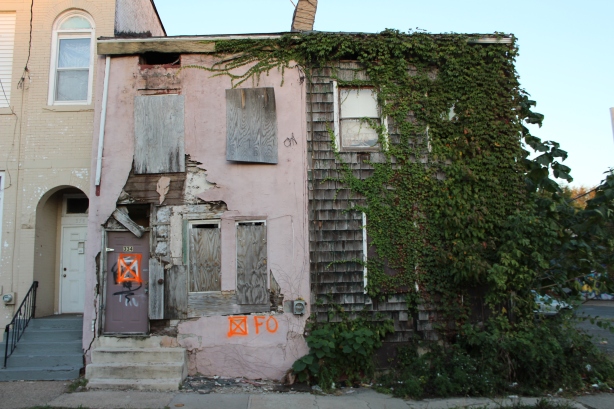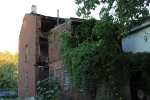
Live-Burn Training: The Case for Less Red Tape: By Brian Butler
What are the key differences between the modern-day fire service calls and that of the 1970s, 80s and 90s? Back then there wasn’t much talk of closing houses or running EMS due to the lack of fires and other emergency calls. There wasn’t a concern with having to “get numbers up” to justify keeping houses open or preventing staffing cutbacks. Most city departments were running a lot of calls for various reasons.
Fire alarm systems were problematic, causing numerous false alarms. The flip side to that is that these systems weren’t always required, which allowed many fires to progress before being detected. The same goes for sprinklers—they weren’t always required, creating a dangerous situation for everyone involved.

Fire call box false alarms were another big problem, as kids would pull them and run away.
Additionally, before the mid-80s, elevators didn’t have many of the safety features we see today and were constantly stalling in buildings, especially public housing. Vehicle accidents with entrapment were more severe because vehicles were metal shells with no collision protection or the modern safety features of today’s vehicles. Back then it wasn’t uncommon for a single engine or truck company in a busy city to respond to four or five elevator calls, five or six alarms, and a few working fires during one shift.
We will always have fires, but nowhere near as many as there used to be. The time spent occupied at fire scenes, alarm activations and elevator rescues have been replaced with EMS calls, technical rescue training, administrative duties, fire prevention, inspections, incident command, hazmat, etc.
Fires numbers down
So why have fires reduced in such large numbers?

Cell phones: Long before cell phones, when a fire was discovered, the person reporting the fire would have to run to a fire station, seek a fire call box, a working pay phone or find a landline and dial “0” (before 9-1-1) for an operator, who would then determine jurisdiction before reporting the fire. That process usually took several minutes, and with fire doubling in size every minute or so, fires progressed before the station even got the alarm. Now, with cell phones, anyone on the street seeing smoke calls 9-1-1 and within one minute, the fire department is alerted.

Smoke detectors: Nowadays, most buildings must have a smoke detector—by law. And fire departments often install free smoke detectors for those in need. Smoke detectors have also become more modern, advanced and inexpensive. With new laws, codes, fire prevention activities, and education programs promoted by schools and local media, far more homes and businesses now have working smoke detectors. There are fire safety campaigns, constant reminders regarding smoke detectors and battery changes as well as a dedicated fire prevention month (October).

Advancements in electrical protection: From ground fault circuit interrupters (GFCIs) and arc fault interrupters (AFCIs) to electric wiring, electrical outlets, breaker panels and lighting, the advancements have been incredible in preventing fires.
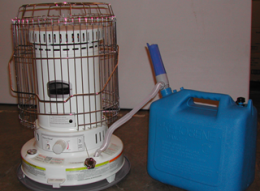
Heaters: It used to be common to use kerosene heaters for warmth. This was very common when people couldn’t afford to pay their utility bill and would have their power shut off by the local utility company, therefore resorting to these types of heaters. This resulted in many fires—often with numerous fatalities—when accidents would occur with candles being used for light or the heaters for warmth. Many local laws now prevent the use of kerosene heaters. It’s also illegal now for utility companies to turn off the power for non-payment in certain conditions, such as colder months. In addition, the number of people using the oven to heat their home has been reduced, and oil burners have been phased out in new construction in favor of gas heat.
Smoking laws: The health-focused campaigns against smoking have come a long way. Laws preventing smoking in public have been even more effective, especially from a fire prevention standpoint. The days of smoking in airplanes, restaurants, schools and the workplace are also over. As crazy as it sounds, they even used to allow smoking in theaters! Careless smoking was a common cause of many fires, and these laws have had a significant and positive impact on the number of fires to which firefighters must respond.
Arson: There’s been a reduction in arson over the years for many reasons. Advances in forensic and video technology make it easier for insurance companies and law enforcement to prosecute “insurance burns” and fires concealing violent crimes. The car theft phenomenon of the early-90s led to a high number of vehicle fires. Car thieves would abandon vehicles and burn them in alleys and parking lots to destroy evidence (before surveillance cameras were everywhere). The popularity of stealing cars just to joyride and torch them has decreased dramatically, too. It also used to be common for kids and teenagers to light fires in dumpsters and other areas when they were bored. Nowadays, kids are consumed with computers, iPhones, cable television, and would probably have a difficult time figuring out how to strike a match.

Cooking: Can you imagine NOT having a microwave oven? Before microwaves, food would have to be heated on the stove or inside the oven. There were no George Foreman grills or microwave-ready meals to be made. Cooking was more common, and careless cooking caused many fires. Cooking fires still happen, but they have been greatly reduced because of modern ovens, ranges and microwaves.
Trash chutes: Many residential high rises have reduced fires in the trash chutes by adding sprinklers, UL-rated doors, or eliminating the trash chutes altogether. They are now part of inspections for the building. Banning smoking inside of these buildings has also eliminated the most common causes of trash chute fires. Currently, most of these buildings are required to have smoke detectors and a monitored alarm system, even if they are NOT required to have sprinklers.
What this means for fire departments
Fires will keep decreasing as time moves forward. The days of catching three or more jobs per tour is gone. Unless there’s civil unrest (Ferguson, Baltimore, Los Angeles), it would be rare nowadays for even the busiest companies in fire departments to catch three jobs per tour. There are exceptions, of course, like Detroit.
The fire service has added services to keep busy but will be fighting fewer structure fires. While this is great for citizens and firefighter safety alike, it also means that firefighters who respond to only a few fires a year have limited opportunities to learn their craft on the job.
For a highly motivated new firefighter seeking the adrenaline rush of a fire every tour, they will have to replace this on-the-job experience with more training. Acquired structures are the most realistic fire training method, but the use of acquired structures has been difficult because of liability and environmental laws. This red tape, often in addition to a lack of resources needed to conduct live-burn training, can prevent many departments from going this route.
Can firefighters who work in departments that run 90 percent EMS perform efficiently at the annual working fire? Training at the academy burn house, the fire station or using props is OK, but it is not as effective as the training received at an actual structure, especially when it comes to live burns, roof ventilation, searches and forcible entry.
I personally believe that the red tape to acquire these structures should be reduced, remaining for only the obvious concerns, like structural stability.
For departments having difficulty with acquiring structures to conduct training and burns, it may be time to contact local representatives to work on changing the applicable EPA laws (or adopted laws). This will be difficult.
In addition, there have been several live-burn training exercises that have resulted in firefighters being seriously injured or killed due to inappropriate supervision or failure to comply with the necessary safety guidelines. Rather than punishing the fire service as a whole, we should hold these individuals accountable and allow for more realistic training to be offered with strict, responsible supervision.
We can’t keep relying on the sole method of training new firefighters to advance lines into a burn house to knock down smoldering hay or having them squat in a shipping container to “observe” signs of flashover. Sending a young firefighter who lacks real-time interior attack experience down a dark hallway in a compartmentalized structure with intense heat, zero visibility and rollover present is far more dangerous than 99.9 percent of live-burn training. The fire service needs more realistic training, and that starts with changing the red tape to acquire structures and conduct the training. This would mean changing EPA laws and NFPA 1403 standards. (Good luck with that!)
The federal and state EPA/DEP has requirements for removing asbestos and other materials they deem environmentally harmless. Asphalt shingles, lead paint, aluminum siding etc.. (We can remove them by burning them!) But then we would have to deal with the clean air act.
HERE”S MY ISSUE WITH THIS:
Buildings burn every single day in every state with “all the above” burning. Does the EPA/DEP enforce any laws with the building owners? (No) So why do it when training firefighters for real time fire training? It’s ridiculous if you ask me. Hundreds of homes burn every week in the U.S, but I don’t see any extreme environmental impact with adding several structure burns for training.
Another problem is “preparing” the structure to NFPA 1403 standards. This can be expensive, time consuming, and it also contributes to further stripping away the real-time fire experience. In my opinion, it’s lowering the standards. Imagine if the fire department can find out ahead of time that an individual is not made for this profession. Someone who is petrified and panics at the thought of HEAT and ZERO VISIBILITY is a danger to others who are stuck working with them. What’s the fear when you know you’re in a “fireproof” environment with 5 instructors holding your hand, straw smoke, low temperatures, pre-made vent holes, 3 emergency egress exits ADDED to the structure, and contents removed to prevent a flow path? And that’s AFTER a briefing and a walk-through BEFORE the fire is ignited. We don’t have that luxury in the field.
There’s also a good amount of paperwork involved. Maybe they can reduce the amount of paperwork and let adults sign waivers.
While no one would disagree that NFPA 1403’s intentions are well meaning, especially after several firefighters lost their lives with irresponsible training scenarios WHERE THEY WERE NOT FOLLOWING THE STANDARDS ANYWAY, most of us agree that common sense standards for structural stability, removing utilities, notifying neighbors, and having qualified instructors-safety officers on scene is non-negotiable. But the board should revisit the standards and reduce some of the more burdensome common sense standards to make it easier to burn the many available acquired structures.
Another suggestion is to use the solid burn houses already structurally safe and asbestos free at most fire academies (that are now currently only permitted to use propane or certain Class A materials) and let them burn furniture and other combustibles that are present at a structure fire.
I understand that these will be difficult, but it’s also dangerous to not test the metal of firefighters before assigning them to a company. If not, the first bad fire for a probie could be his/her last. Not every fire is a simple room and contents fire venting out the windows on arrival.
I am sure they can remove and reduce several standards, and suggest waivers for EPA/DEP standards. I know they can’t remove MOST of the standards, and it will be difficult to change current environmental laws, but I believe they should. Thoughts?


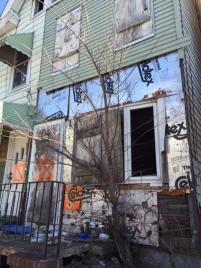
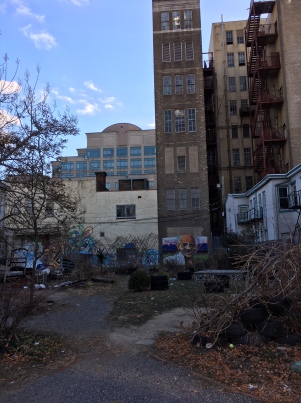



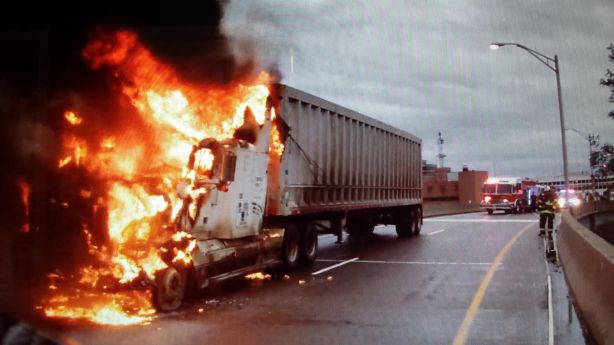 By Brian Butler
By Brian Butler
